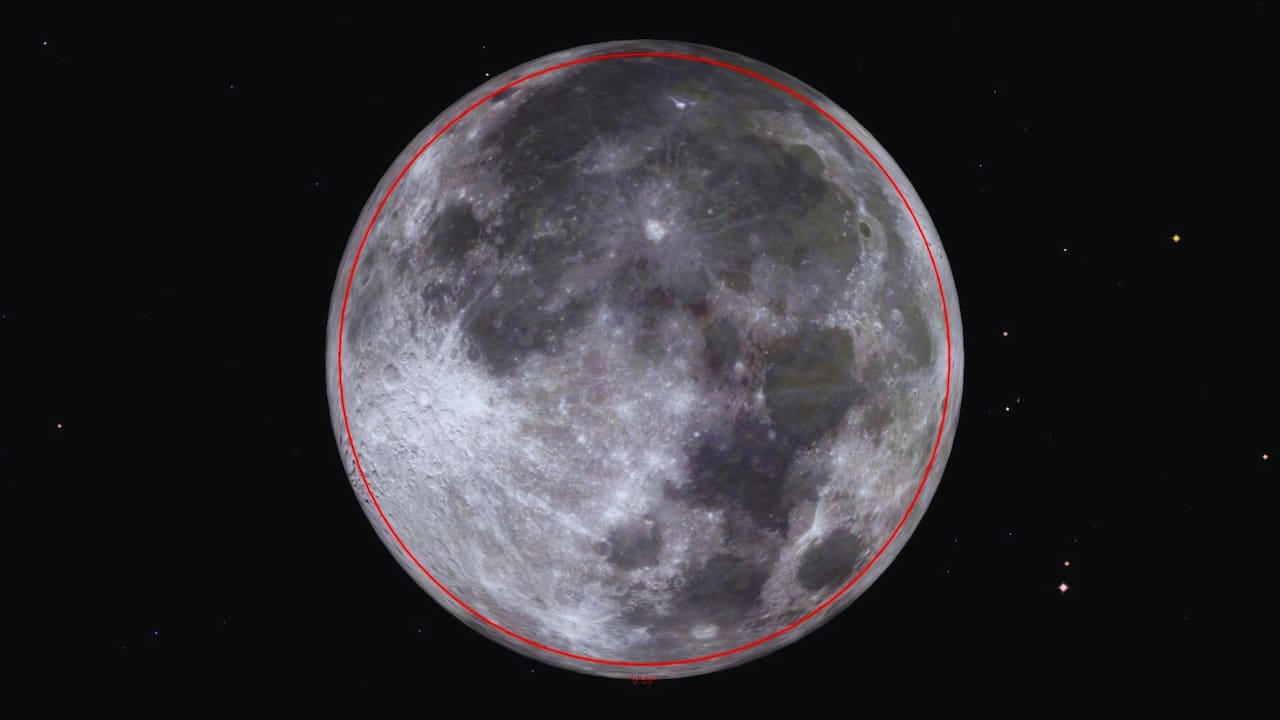Celestial Spectacle: Hunter’s Supermoon Dazzles Stargazers This Week
Skygazers, get ready for a treat! This week will see the Hunter’s Supermoon, the biggest and brightest full moon of 2024, grace our night skies. As a news reporter, I’m here to give you all the details on this stunning celestial event.
The moon will reach its fullest point on Thursday, October 17, at 7:26 a.m. EDT. However, the most exciting part is that our lunar neighbor will swing closest to Earth in its orbit just hours before, on Wednesday evening. This close approach, known as perigee, happens at 8:48 p.m. EDT on October 16.
What does this mean for moon-watchers? You’re in for a super-sized treat! The Hunter’s Supermoon will appear about 14% brighter than your average full moon. It’s not just big and bright; it’s also causing a splash here on Earth. Expect unusually high and low tides in the days following the supermoon.
But what exactly is a supermoon? Dr. Fred Espenak, a former NASA scientist, says it’s when a full moon occurs within 90% of its closest approach to Earth. This October, we’re experiencing an exceptional supermoon. The full moon and perigee occur nearly simultaneously, making it the most spectacular of the four supermoons in 2024.
For the best view, set your sights on Wednesday night. There, the moon will be closest and fuller by the hour. By Thursday night, it’ll already be past its peak and moving away from Earth.
Now, let’s talk about that name—the Hunter’s Moon. It’s not just a catchy title. Native Americans gave this name to October’s full moon because it signaled prime hunting time. With leaves falling and deer fattening up, it was the perfect moment to stock up for winter.
But the Hunter’s Moon isn’t just about looks. It’s stirring things up down here on Earth too. Coastal areas should be on alert for higher-than-usual tides in the days after the supermoon. This “spring tide” effect (which has nothing to do with the season) happens when the sun and moon line up with Earth, combining their gravitational pull on our oceans.
Here’s a pro tip for all you moongazers: catch the supermoon as it rises or sets. That’s when you’ll see the famous “moon illusion” in action. The moon looks huge when it’s near the horizon, especially next to buildings or trees. Add in the supermoon effect, and you’re in for a jaw-dropping sight.
Prepare your calendars and set your alarms accordingly. Whether you’re an experienced astronomer or simply appreciate a captivating lunar display, you shouldn’t overlook Hunter’s Supermoon. Grab your camera, find a suitable spot, and get ready to be amazed by the biggest, brightest full moon of the year.
Remember, the next time we’ll see the moon this close and full is in 2025. So don’t let this celestial spectacle pass you by. Get out there and witness the Hunter’s Supermoon in all its glory!
